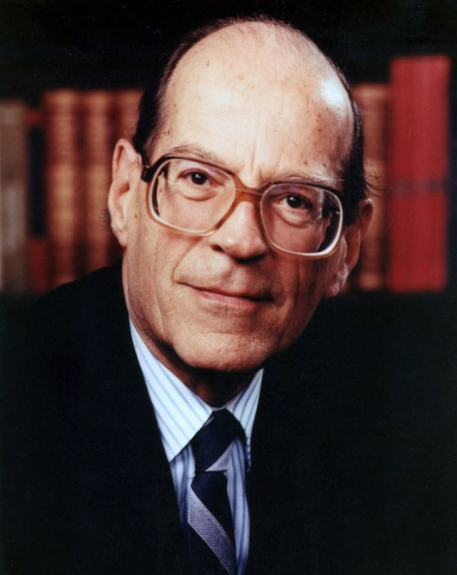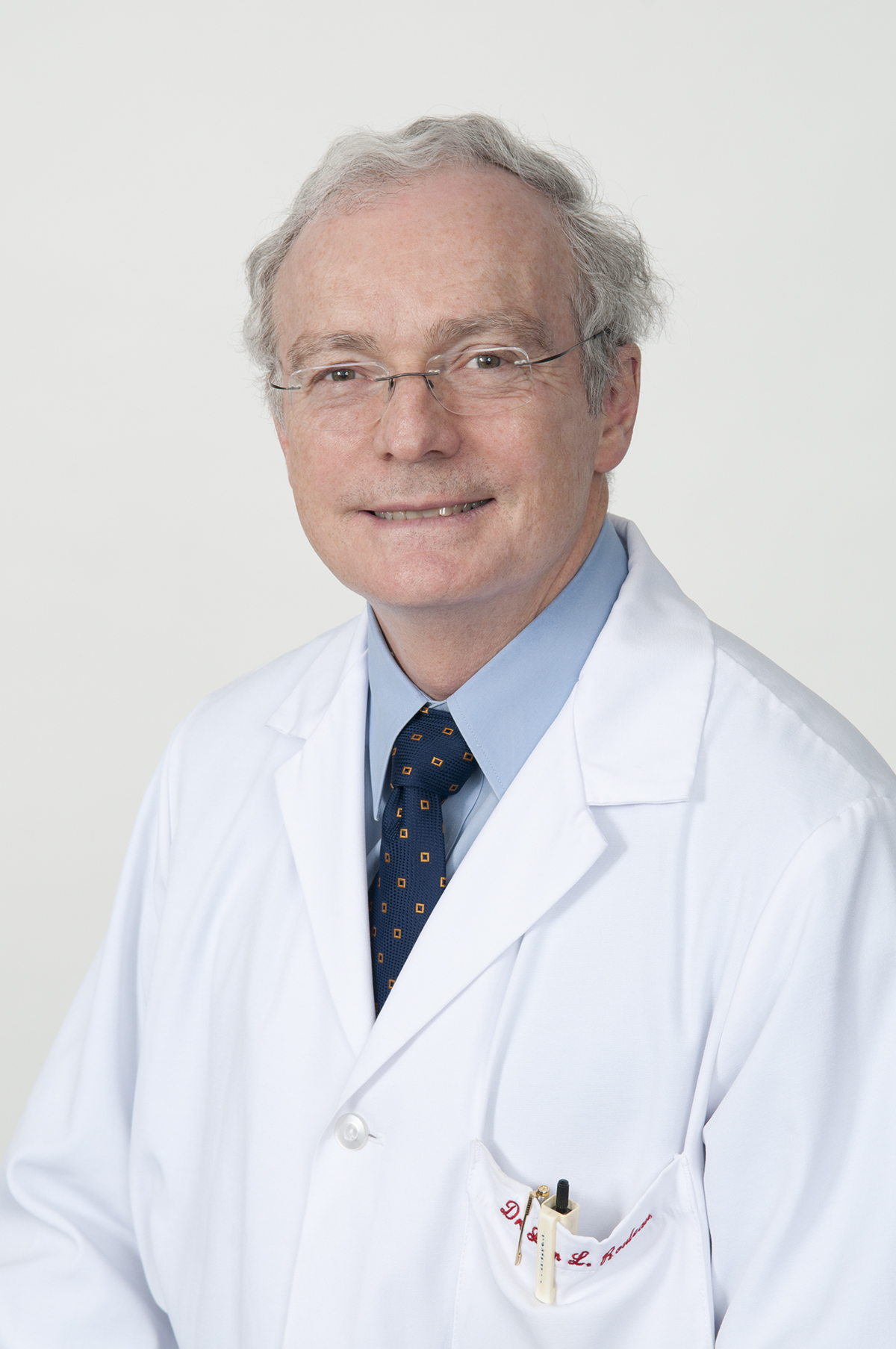1995 INDUCTEE William T. Mustard, MD Skin, Bones, Muscles & Joints, Heart & Vessels
August 8, 1914
(Clinton, Ontario)
December 11, 1987
MD, University of Toronto (1937)
1976: Officer of the Order of Canada
1975: Canada Gairdner International Award
See All AwardsAwards & Honours:
1976: Officer of the Order of Canada
1975: Canada Gairdner International Award
1945: Member of the Order of the British Empire
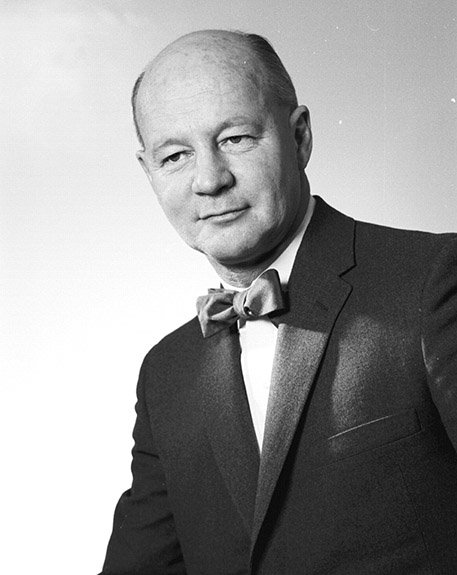
Developed two life altering procedures that now bear his name
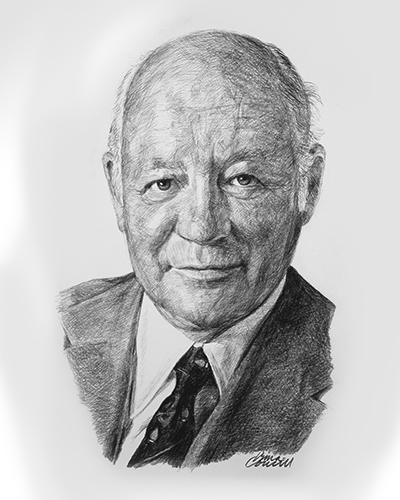
A pioneering researcher, a stimulating teacher and a compassionate physician
Dr. William T. Mustard had a medical career marked by a lifetime of surgical innovation. A unique feat in medical history, Dr. Mustard practiced, and had brilliant careers, in two specialties; orthopaedic surgery and cardiac surgery. His numerous innovative surgical procedures improved the quality of life for many children throughout the world suffering from polio and congenital heart defects. Upon his death, Mustard left a legacy of kindness and innovation. Throughout his memorable career, Mustard transformed the lives of many patients and left an indelible impression on generations of surgeons.
Key Facts
Contributed more than one hundred articles and publications to the scientific literature
His book Textbook of Pediatric Surgery was considered an authoritative text in its field
Helped to perform the first infant blood transfusion
Pioneered the use of the heart and lung machine in infants
Expanded the scope of surgery possible for the treatment of hereditary heart defects
Professional timeline
Impact on lives today
Dr. Mustard’s pioneering work in pediatric surgery saved the lives of countless individuals. In particular, the Mustard Procedure in cardiology dramatically increased the survival rate of babies born with Blue Baby Syndrome to 80 percent. Today, Dr. Mustard's legacy as an innovator in pediatric cardiovascular surgery lives on through the work of the world-renowned training centre that he established at Toronto’s Hospital for Sick Children.
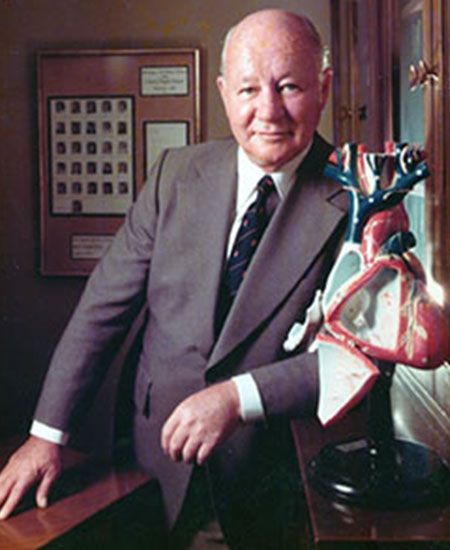
1995
-
William T. Mustard posthumously inducted into the Canadian Medical Hall of Fame
London, Ontario
-
As head of cardiovascular surgery, Mustard remained committed to his work in Toronto for the rest of his career
Heart & Vessels, Leadership in Organizational Development -
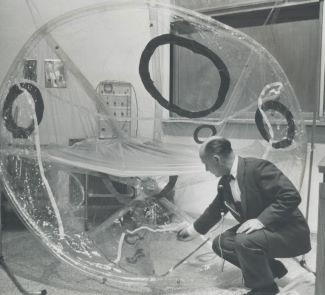
Eventually devoting his career exclusively to cardiac surgery, Mustard’s reputation for medical innovation continued
Heart & VesselsHe developed another surgical procedure bearing his name. The “Mustard Procedure” corrected the transposition of the great arteries, a congenital heart defect that causes Blue Baby syndrome.
-
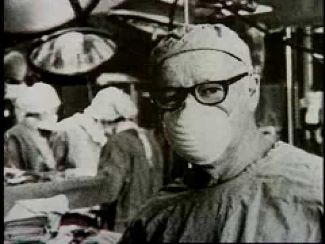
As an orthopaedic surgeon, William T. Mustard devised a surgical procedure called the “Mustard Operation"
Skin, Bones, Muscles & JointsThis procedure corrected muscle damage around the hip joints caused by poliomyelitis and gave many children the ability to walk again without assistive devices.
-

William T. Mustard joined the Hospital for Sick Children
Heart & Vessels, BloodThe following year, along with John Fraser, he performed the first successful total blood transfusion of a newborn infant.
-
During the Second World War, William T. Mustard served in the Canadian Army Medical Corps where he was the first to use prosthetic glass tubes to repair wounded arteries
Heart & VesselsThis inventive procedure saved many soldiers from the loss of their limbs on the battlefield and Mustard gained international recognition.
-

Mustard graduated from medicine at the University of Toronto
As the youngest in his class, Mustard was only 22. He then took his internship at Toronto General Hospital before moving to New York Orthopedic Hospital in New York City.
1937
It’s not what you get but what you give that makes you rich.

